Mauritius
Along with the other Mascarene Islands, Mauritius is known for its biodiverse flora and fauna with many species endemic to the country. The main island was the only known home of the dodo, which, along with several other avian species, became extinct soon after human settlement..
The mountainous interior includes Black River Gorges National Park, with rainforests, waterfalls, hiking trails and wildlife like the flying fox. Capital Port Louis has sites such as the Champs de Mars horse track, Eureka plantation house and 18th-century Sir Seewoosagur Ramgoolam Botanical Gardens
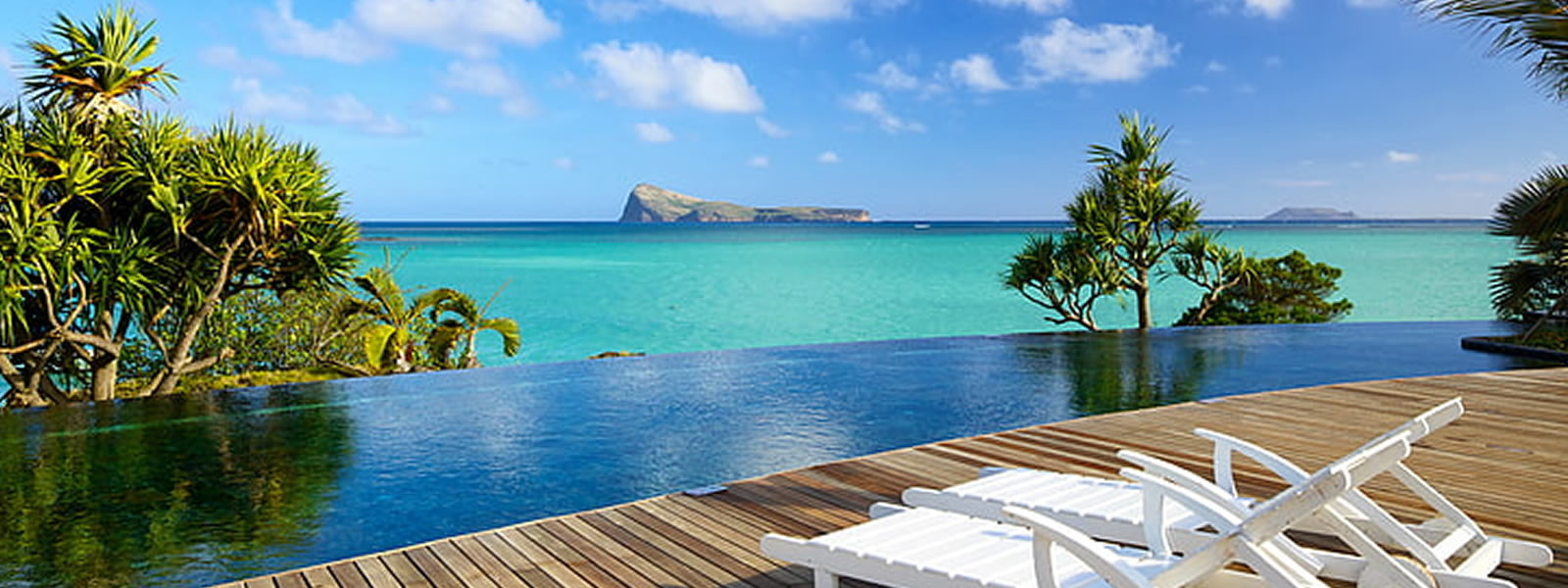
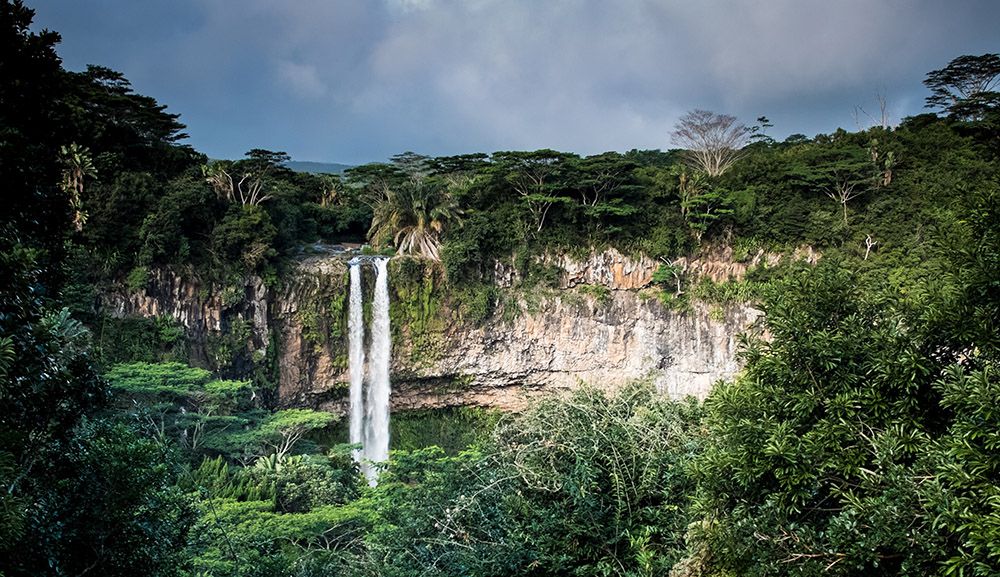
Black River Gorges National Park
The Black River Gorges National Park is the largest protected forest of Mauritius. Providing over 50 km of magnificent and yet challenging hiking trails. This is the best way to get into the deep nature of Mauritius whether you prefer a hardcore climb to the highest peak or a gentler ramble through the forest.
There are four entry points to the National Park. While strolling in the midst of nature, this green area will fill you with a sense of serenity and peace. This nature reserve provides over 50 km of trails where you can trek and explore the rich and diverse flora and fauna of the island.
The enchanting, wild expanse of thick forest is home to over 300 species of flowering plants and 9 species of birds unique to Mauritius, including the famous pink pigeon, which is staging a very gradual comeback from the brink of extinction.
Chamarel Seven Colored Earth Geopark
The seven Coloured Earths are a geological formation and prominent tourist attraction found in the Chamarel plain of the Rivière Noire District in south-western Mauritius. It is a relatively small area of sand dunes comprising sand of seven distinct colours.
Due to the tropical weather conditions, all water-soluble elements such as silicon dioxide have been washed out. The remains are the reddish-black iron- and aluminium oxides which create shades in blue, cyan and purple. The various colors developed due to the different compositions.
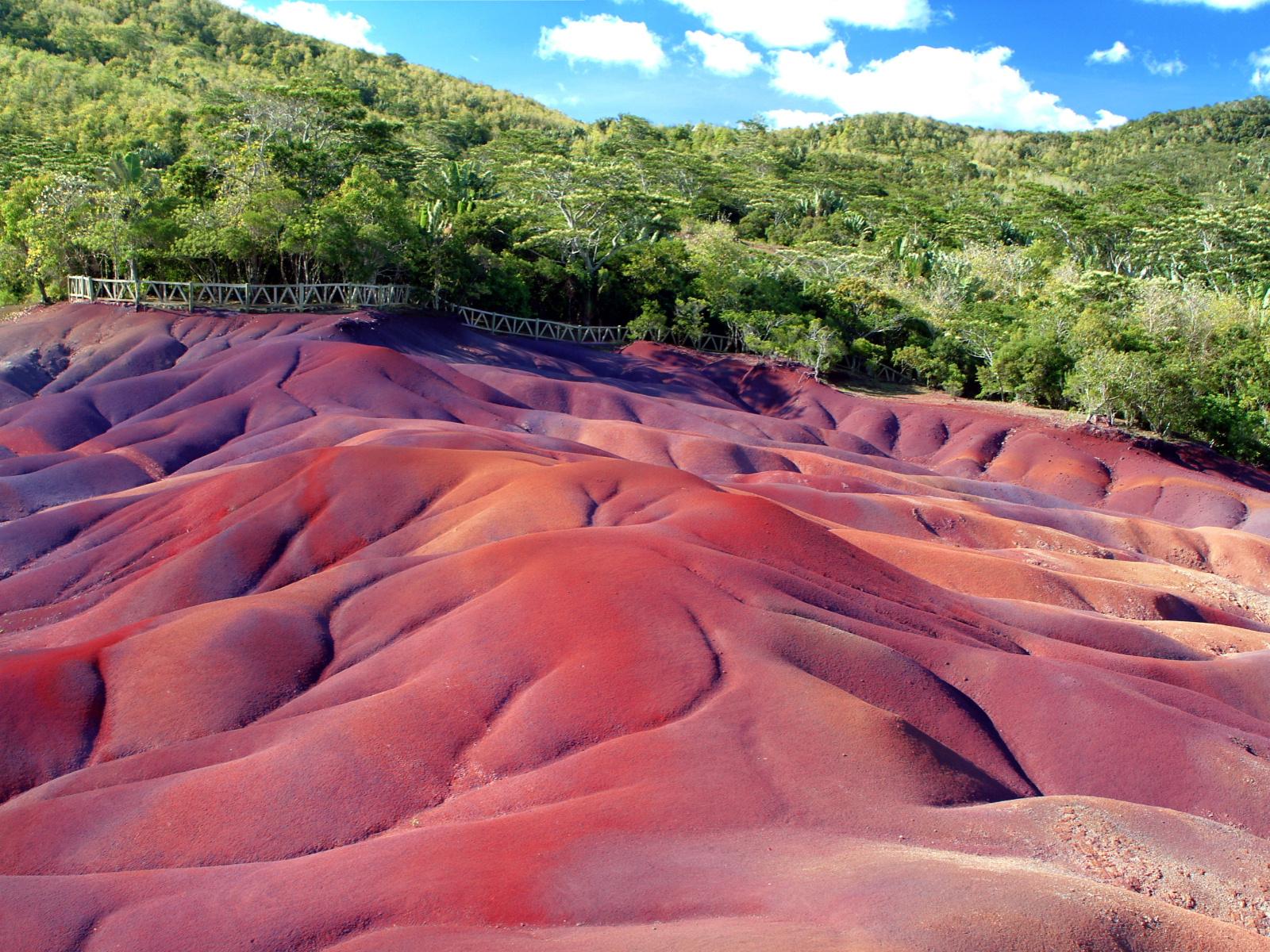
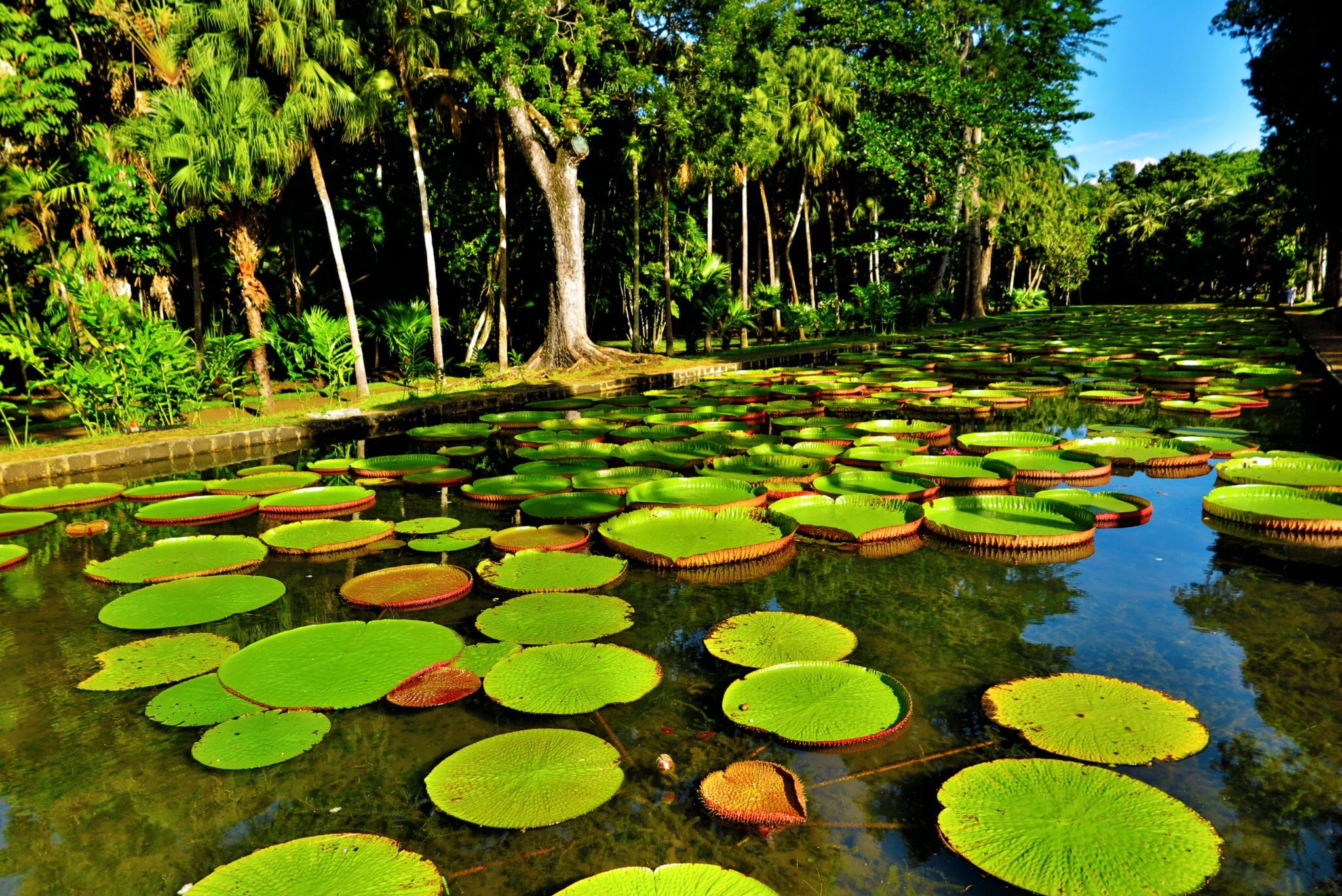
Sir Seewoosagur Ramgoolam Botanical Garden
The Sir Seewoosagur Ramgoolam Botanic Garden, commonly known as the Pamplemousses Botanic Garden, is a popular tourist attraction in Pamplemousses, near Port Louis, Mauritius, and the oldest botanical garden in the Southern Hemisphere. Famous for its long pond of giant water lilies, the garden was first constructed by Pierre Poivre in 1770, and it covers an area of around 37 hectares. The garden, for a long time was ranked third among all the gardens that could be admired over the surface of the globe.
La Vallée Des Couleurs Nature Park
La Vallée des Couleurs in Mauritius is a nature park with diverse flora and fauna, including endemic species. Enjoy hiking, zip-lining, quad biking, luge-karting, and crossing the Nepalese bridge. Experience the stunning landscape of hills, waterfalls, lakes, forests, and 23 Colored Earth, the result of its volcanic past. A must-visit for nature and adventure lovers.
La Vanille Nature Park
The Park spreads over 3.5 hectares in the south of the island. This reserve, created in 1985, has the largest colony of tortoises in captivity in the world. It is home to 1000 individuals, including Domino, who is the oldest and also one of the largest tortoises in the world. The site is also home to 2000 Nile crocodiles where you can observe them at different stages of their growth.
Your visit will not end here, the park also houses many other animals that you will have a chance to see from monkeys, bats, deers, geckos, wild boars and carp to name a few.
The insectarium is one of the main attractions of the reserve. It is where the work of Jacques Siedlecki is stored and has a collection of 23,000 species including beetles, butterflies and other insects of all shapes and colours. The collection has some specimens of inestimable rarity, some of which are now extinct.
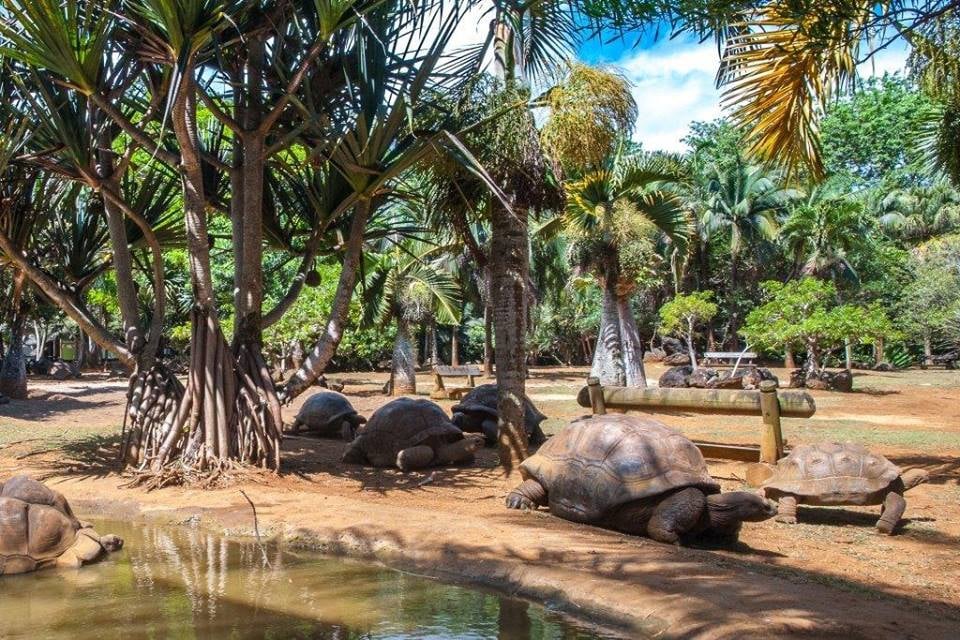
The park also has another valuable asset – the fossil museum. You will be introduced to Owen Griffiths’ ammonite collection along with skeletons of various species on the island and the history of marine mammals.
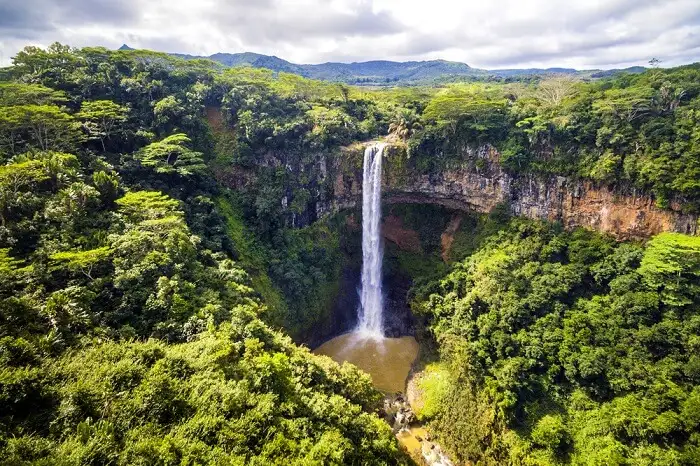
Chamarel Waterfall
Undoubtedly the tallest single-drop waterfall in Mauritius at about 100m high, the Chamarel Waterfall is a striking piece of nature standing amid dense vegetation. Fed by the waters of three distinct streams pouring into Saint Denis River, it has a powerful rush with a peak flow rate in excess of 40,000 m³ per minute.
Proceeding along the Seven Coloured Earth Geopark’s 3km access road, which makes for a scenic drive to the geosite, don’t miss the waterfall’s viewpoint on your left. Offering a front-row view of this wonder of nature, it can be accessed via a trail snaking through dense foliage.
Overhanging the ledge of a basalt cliff, the Chamarel Waterfall splashes into an oval pool before flowing down a 6km tropical-forest-fringed canyon to Baie du Cap. The sight not only floods the senses with freshness but it is also a spectacular showcase of millions of years of volcanic activity.
The dramatic landscape if formed by lavas of two different ages. The layer of brecciated basalt near the base dates from between 10 to 8 million years ago, on top of which lies a second layer from the intermediate period between 3.5 and 1.7 million years ago.
No wonder why the Chamarel Waterfall is ranked among the most sought-after sightseeing spots in Mauritius!
